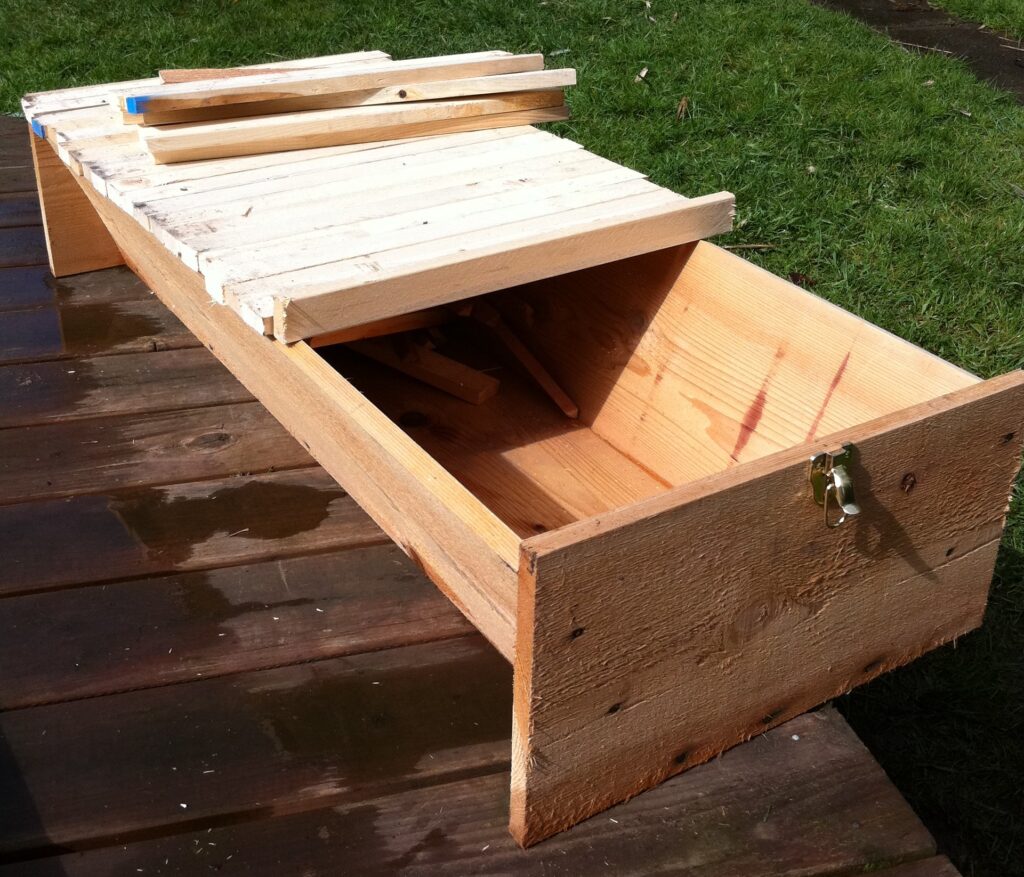Back around 10, 12 years ago, after my first harvest of honey, my housemates and I decided we’d brew ourselves some mead from some of our surplus bounty. Mead is simply honey wine: honey, water, yeast, ferment, drink, carouse, but it’s got a long and storied history. For example, the word “honeymoon” comes from the idea that drinking mead on your wedding night increased fertility (or at least proclivity to test fertility).
The experiment was a moderate success. The result was a very fruity, sweet, alcoholic beverage with a strong…well…honey-like flavor. I was told that mead needed to age for at least 4 years before it was any good and that some mead could take as long as 10 years to reach maturity.
Problem is, I’ve got a bit of a hoarding instinct. I’m always thinking “I should save that for a special occasion.” This isn’t entirely unreasonable, except that my definition of “special occasion” are so few and far between that 10 or 12 years later, I’ve still got a fair amount sitting in dusty bottles on a shelf, waiting for a special occasion.
Now, apparently, the situation is getting worse. My 2005 harvest was quite bountiful, 15 gallons full, and, being somewhat of a hoarder, I haven’t gone through it all. Normally, this wouldn’t be an issue, because, as I’ve blogged before, honey is the only food that doesn’t go bad. Archaeologists have found 3,300 year old honey in an Egyptian tomb, still edible!
However, the honey I harvested had a bit higher water content than normal. My speculation is that I harvested too many uncapped cells. Typically, the bees will fill a cell, let water evaporate from it, refill it and repeat until the honey is good and thick, then cap it with wax. In my case, they hadn’t finished their job.
As a result, my honey has begun to ferment. I can tell because there are bubbles forming in the 5 gallon bucket I’ve got left. That’s right, 5 gallons of honey, fermenting.
What do you do with five gallons of fermenting honey? I wasn’t sure, so I put it to the Organic Beekeeper’s group on Yahoo!. The answer? Make mead. According to Scott McPherson of McPherson Family Farms, the yeast used to make mead, champagne yeast, will kill off whatever happens to be growing in my honey naturally and I’ll end up with a huge, tasty batch of mead. Another contributor, BIll Huhman, disagreed:
“The best mead comes from the best honey you’ve got. Other than using in my coffee for
that early morning buzz, I’d tend towards using already-fermenting stuff for the vinegar and wait for the good stuff for my mead in 3-4 months :)”
I dunno, what do you think? Tell you what, if you’re a brewer and want to take a swing at it, I’ll give you the honey in exchange for some of the mead. It’s not hard, there are a ton of recipes on the Net, including this fine one for Halfdan’s Viking Mead. I’ve even got a bunch of the equipment (thanks, Brian).
So, who’s up for it?





